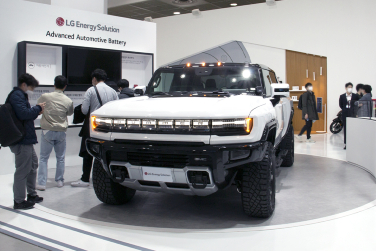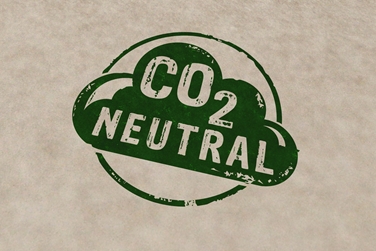✍
Yerim Lee
Researcher, Global Cooperation Strategy Team, Korea Institute for International Economic Policy
In the sixth report published by the Intergovernmental Panel on Climate Change (IPCC) in 2021, the average global temperature increased by 0.78°C between 2003 and 2012 and 1.09°C between 2011 and 2020 compared to pre-industrial levels. The IPCC states in the report that human activities have caused a rapid global temperature rise. The world is paying close attention to climate change, particularly on how much the global average temperature has risen and how much more it will rise in the future.

Paris Agreement held in 2015
In the 2015 Paris Agreement, the international community promised to work together to keep the temperature rise caused by global warming below 2℃ compared to pre-industrial levels and ultimately to keep the rise under 1.5℃. Since then, lowering carbon emissions and reaching carbon neutrality have become key policy issues in various fields and countries have voluntarily set and announced a carbon reduction target.
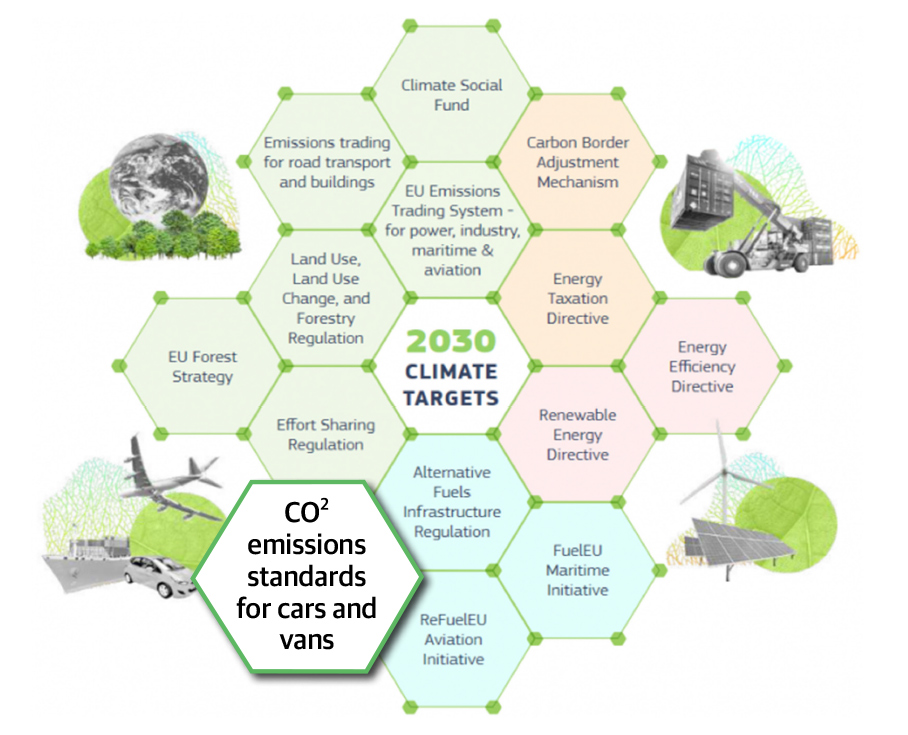
FIT FOR 55, a legislative package announced by Europe in 2021
One of the main ways to reduce carbon emissions is to reduce the use of fossil fuels.
Recently, many countries have been shifting their policies to replace fossil fuels with other energy sources. Such a policy trend is particularly noticeable in the automobile sector. The European legislative package, Fit For 55, announced in 2021, includes multiple goals: strengthening the carbon emission reduction target in the automobile sector; banning the sales of new internal combustion engine vehicles, including plug-in hybrids (PHEVs) and hybrids (HEVs) in 27 countries in the region from 2035; and expanding the electric vehicle charging station network.
Under the Infrastructure Investment and Jobs Act, enacted in 2021, the U.S. keenly focuses on distributing electric vehicles by establishing a nationwide electric vehicle charging network and allocating a budget to convert school buses into eco-friendly electric vehicles. In fact, the global stock of electric vehicles, only 17,000 units in 2010, exceeded 1 million units in 2020, showing an annual growth rate of 60% between 2014 and 2019.
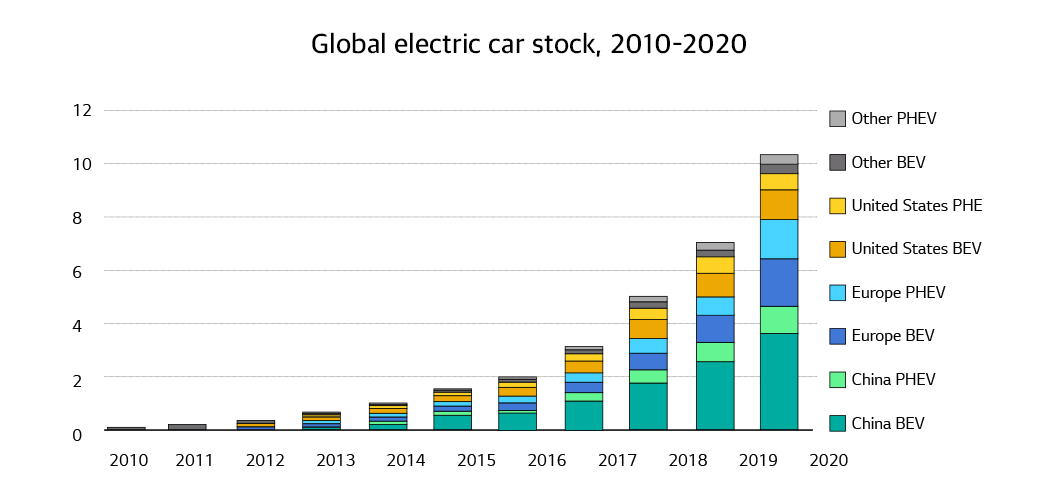
Source: IEA(2021), Global EV Outlook
In particular, research is actively conducted on how much carbon emissions are actually reduced by Battery Electric Vehicles (BEV), which account for two-thirds of the total electric vehicle inventory. According to a study conducted by Hoekstra in 2017, the Life Cycle GHG Emissions, the amount of carbon emitted during the entire process from production to use, is 244 g/km for diesel cars and 95 g/km for BEV, which is much lower than diesel cars.1) Here, the term “entire process” includes manufacturing the battery at the factory, extracting the resources required for the battery, and operating the vehicle until the end of the battery’s life.
The estimated carbon emissions can vary depending on the materials used in the battery and the lifespan of the battery. In a study published by Buchal in 2019, the carbon emission of diesel cars was 170g/km, and that of BEVs was 189g/km, BEVs showing higher carbon emissions than diesel cars.2) Buchal conservatively set the carbon emissions during battery production three times higher than in previous studies, resulting in lower carbon emissions for diesel cars. It is an example showing how the battery production process is directly related to the carbon emission throughout the life of an electric vehicle.
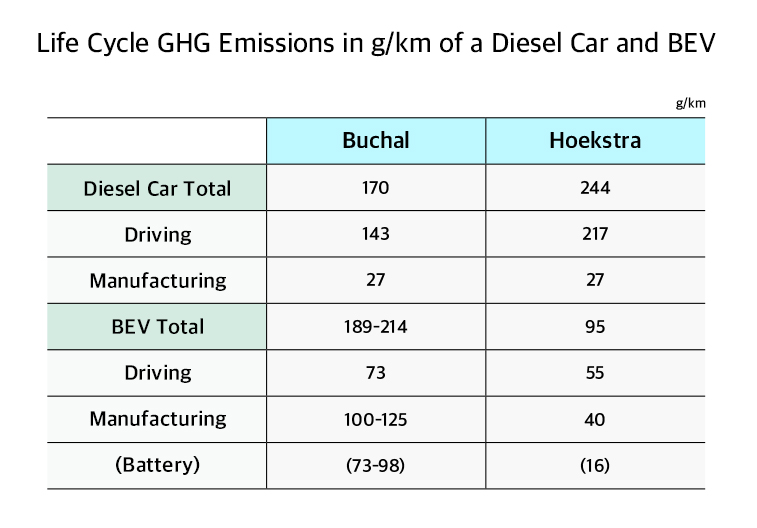
Source: Hoekstra(2019), The Underestimated Potential of Battery Electric Vehicles to Reduce Emissions
Similarly, the International Energy Agency (IEA) has projected the production of electric vehicles and the resulting carbon reduction by 2030 in its annual report. The IEA offers two scenarios: the Stated Policies Scenario when each country’s electric vehicle-related policies are maintained as it is, and Sustainable Development Scenario when each country reduces carbon in line with the Paris Agreement goals.
According to the first scenario, electric vehicle stocks grow 30% annually, accounting for 10-15% of all vehicles by 2030, totaling over 140 million units. According to the second scenario, electric vehicle stocks will account for 12% of all vehicles by 2030, totaling over 230 million units.
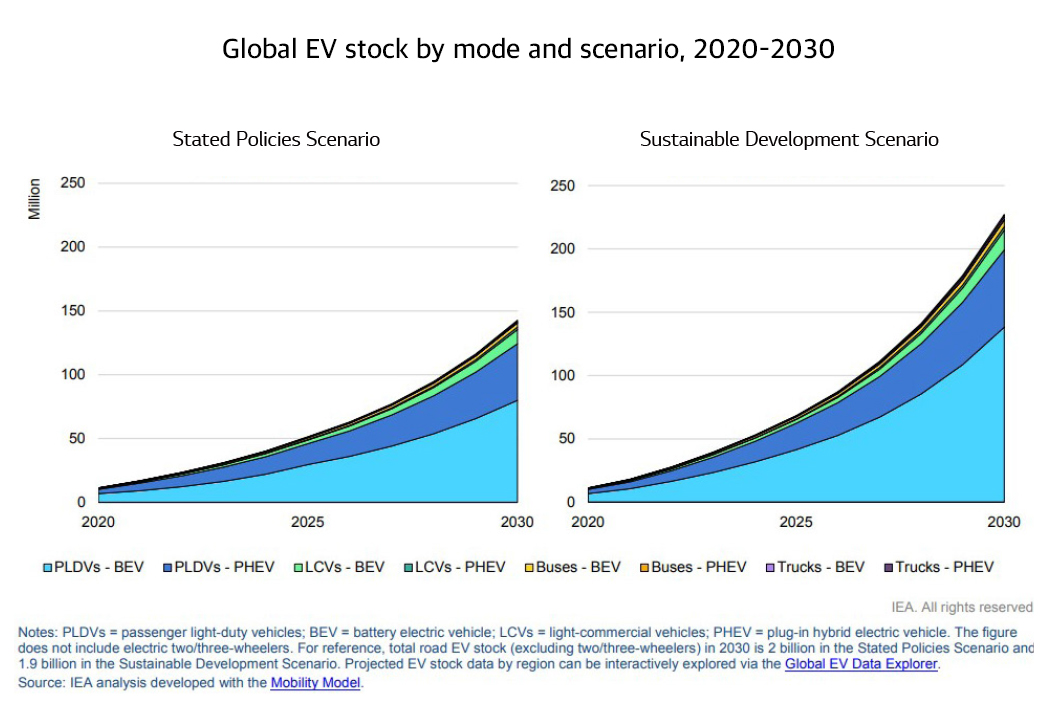
Source: IEA(2021), Global EV Outlook
Furthermore, the IEA report projects that the demand for batteries is expected to increase rapidly as the production of electric vehicles increases. The lithium-ion battery (LIB) capacity in 2020 was 300GWh per year, and the actual production was 160GWh. The battery capacity required to meet the electric vehicle supply by 2030 is 1.6TWh per year under the first scenario and 3.2TWh per year under the second scenario.
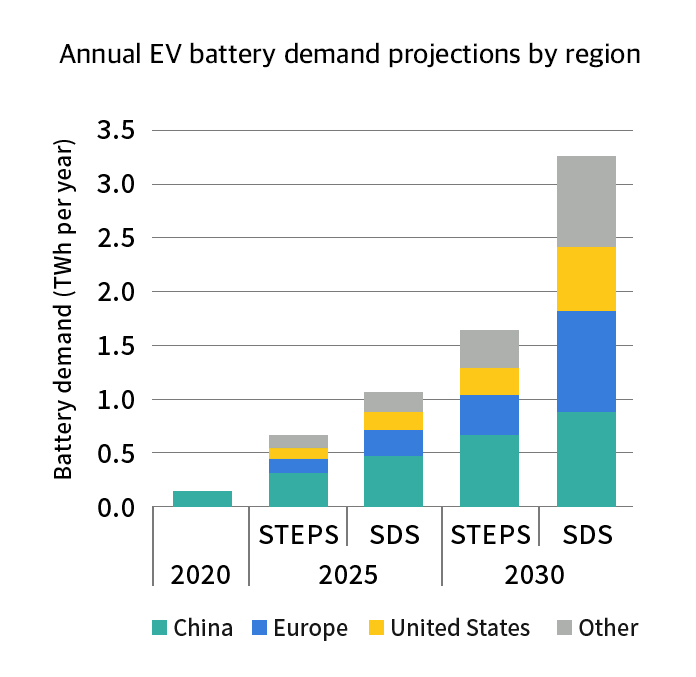
Source: IEA(2021), Global EV Outlook
Replacing internal combustion engine vehicles with electric vehicles is critical in reducing carbon emissions. The electric vehicles reduced carbon emissions by 50 million tonnes in 2020 alone, equivalent to Hungary’s total national carbon emissions in 2019. The IEA predicts that electric vehicles can reduce carbon emissions by one-third (Scenario 1) to two-thirds (Scenario 2) compared to internal combustion engine vehicles by 2030. Using electric vehicles could reduce carbon emissions by 120 million tons in the first scenario and 410 million tons in the second scenario compared to using only internal combustion engine vehicles.
In addition, the IEA reported that BEV emits 20 to 30% less carbon than ICE under the Life Cycle GHG Emissions method used in Hoekstra’s study, which covers carbon emissions during the entire process from production to usage.
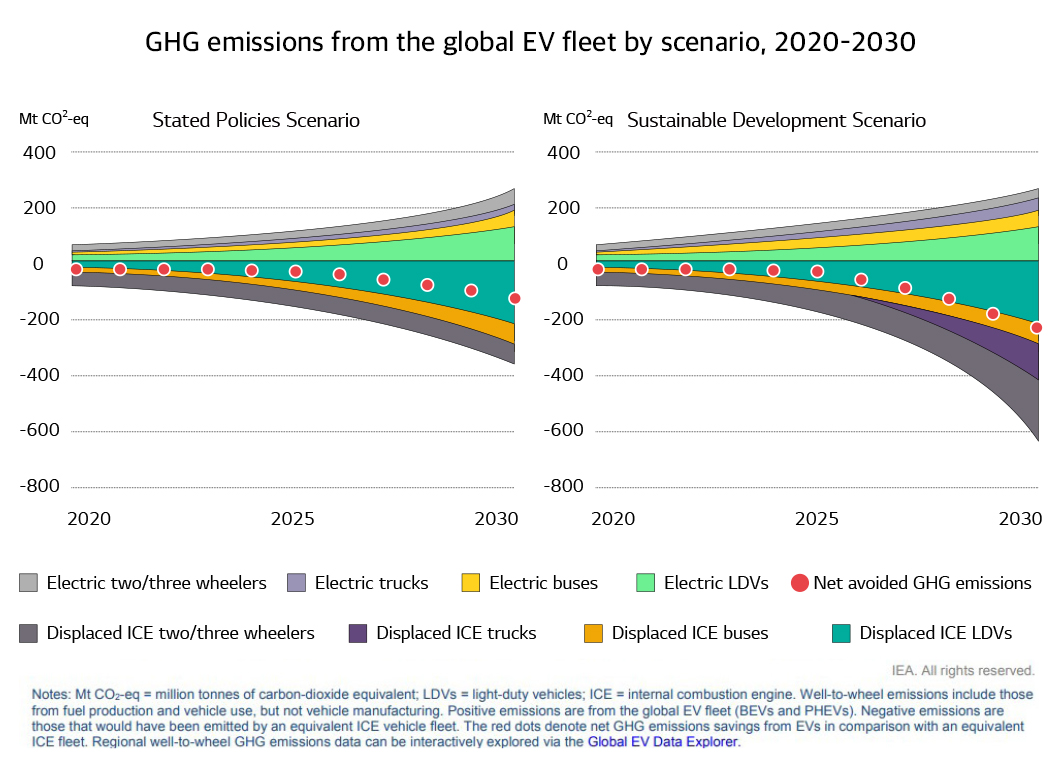
Source: IEA(2021), Global EV Outlook
So, how can electric vehicles become “green” cars emitting less carbon? As mentioned earlier, the process of producing batteries needs to be changed further.
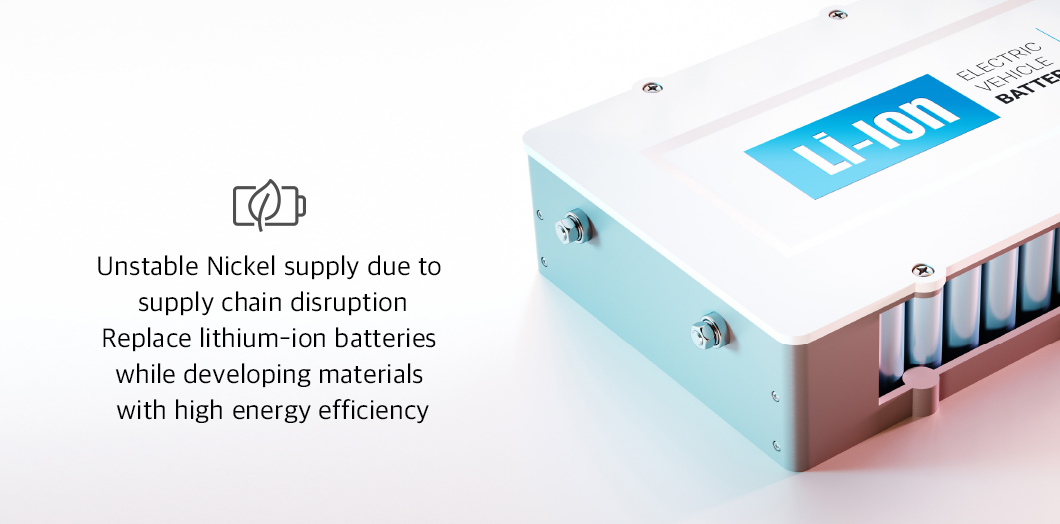
Currently, a lithium-ion battery (LIB) made of nickel, cobalt, manganese, and iron powers electric vehicles. Cobalt, in particular, is extracted as a by-product when mining nickel. The amount is only 5% of nickel, and its supply chain is not diversified, resulting in unstable supply. Therefore, if we develop an energy-efficient material that can replace LIB, it will lead to stable battery production and an extended life span, reducing carbon emissions per battery.
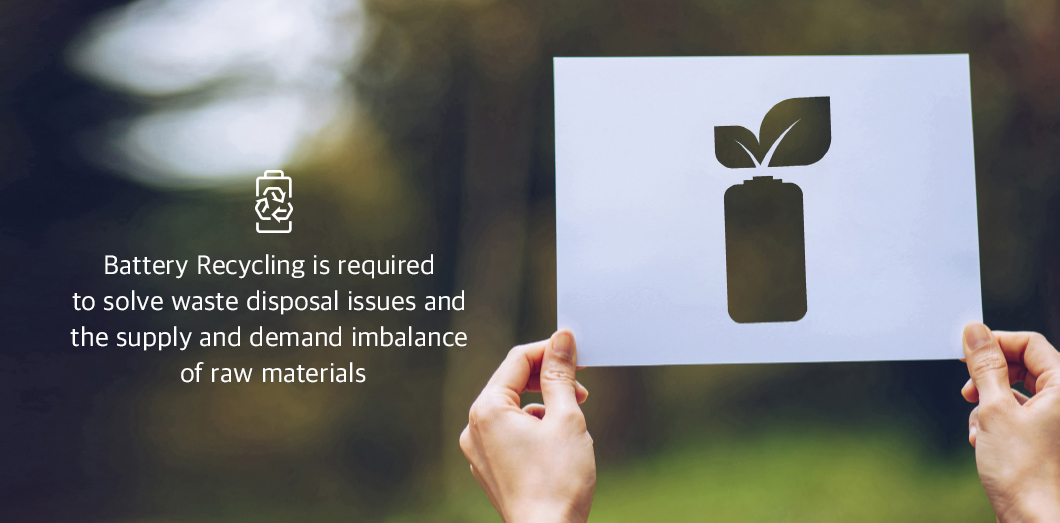
Battery recycling is also one of the challenges to be solved. As battery production is expected to grow rapidly in the future, if the used batteries are not recycled, it will give rise to waste disposal problems. On the other hand, if the used battery can be recycled, it will help solve problems like raw materials supply. Several institutions, including Faraday Institute in the U.K., are researching ways to recycle LIB. However, a lot needs to be resolved, including the disposal of toxic substances inside the battery and the economic efficiency issues of recycling.
Establishing a carbon reduction target to respond to climate change and the increased use of electric vehicles to reach this goal has become an inevitable trend. It is evidenced by many countries implementing policies to promote electric vehicles on the premise that an electric vehicle emits less carbon than an internal combustion engine. However, much carbon can still be reduced in producing batteries for electric vehicles. We need to deliberate on and develop better technologies for the entire process, from the raw material extraction, manufacturing process, life span, and recycling of batteries. Also, we must carefully evaluate the environmental impact when these technologies are introduced.
The research on how green the electric vehicles are, in other words, how much carbon emissions they can reduce, will continue in the electric vehicles market. And as long as countries, including Korea, use electric vehicles to reduce national carbon emissions, the amount of carbon electric vehicles can cut will become even more critical.
※ This column was written based on the writer’s views and does not necessarily reflect the opinion or strategy of LG Energy Solution.
